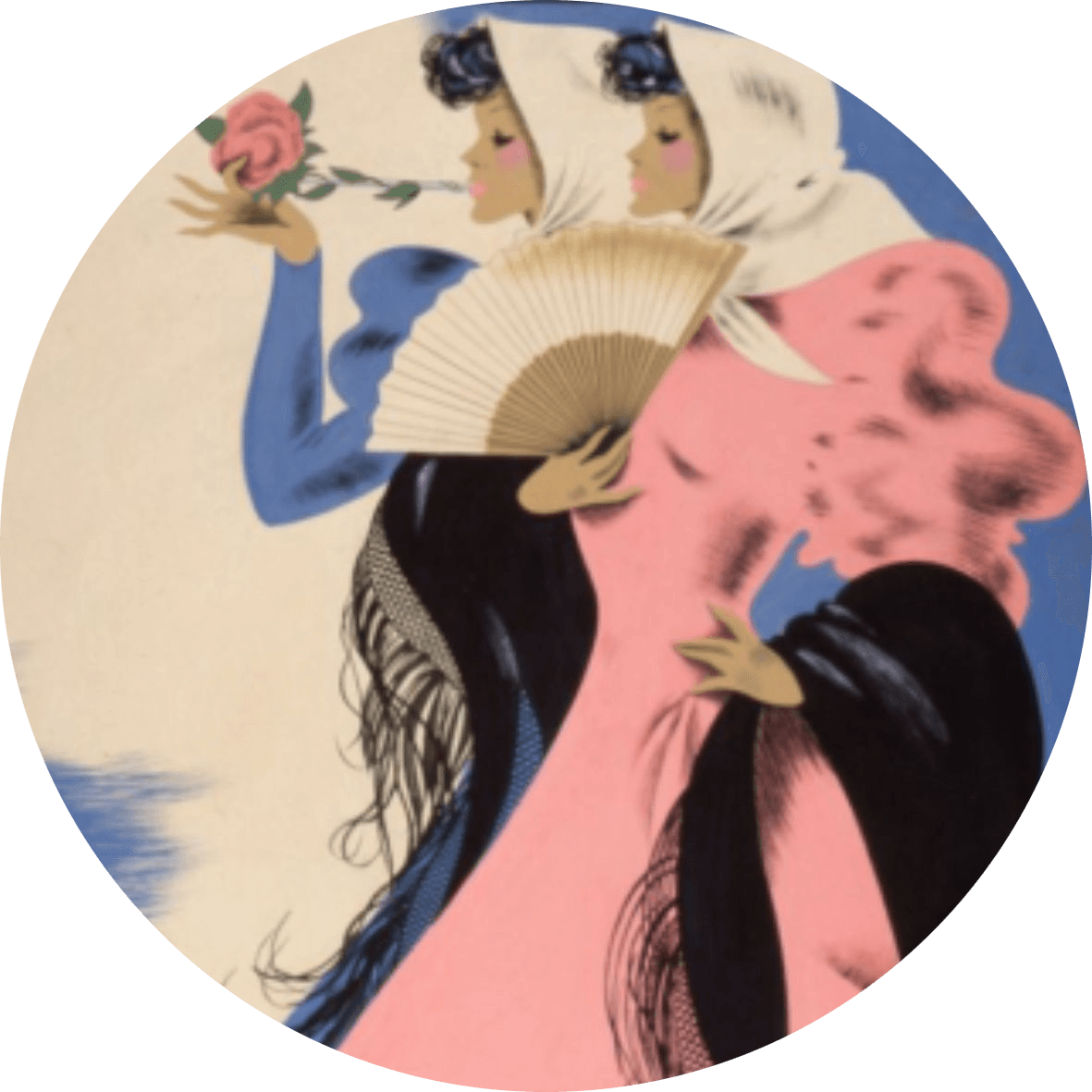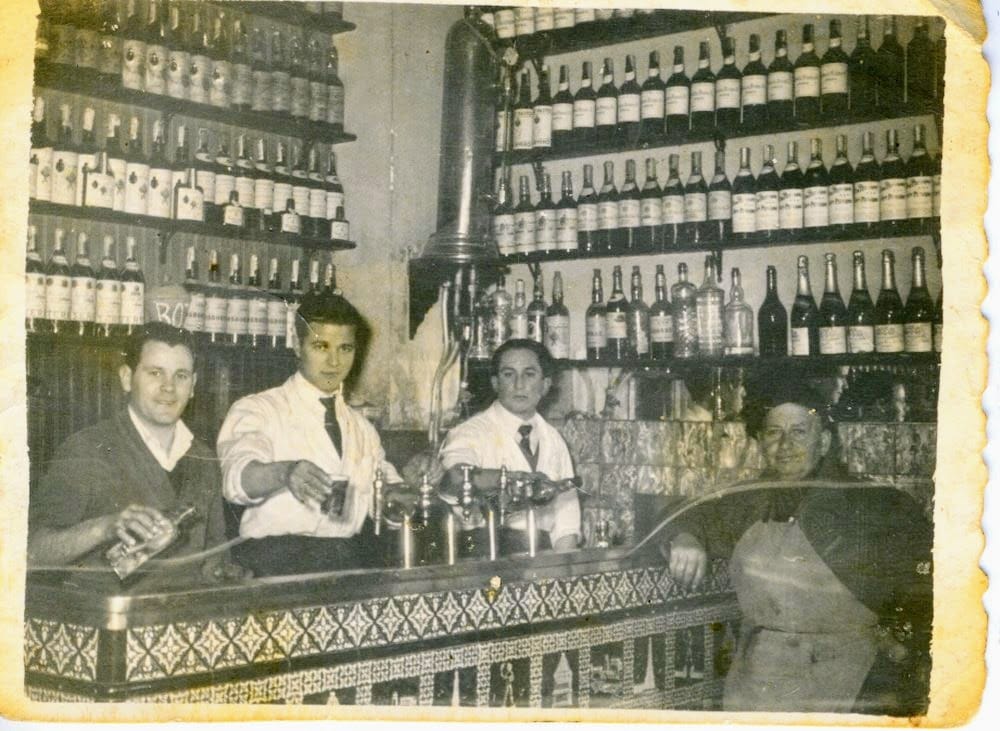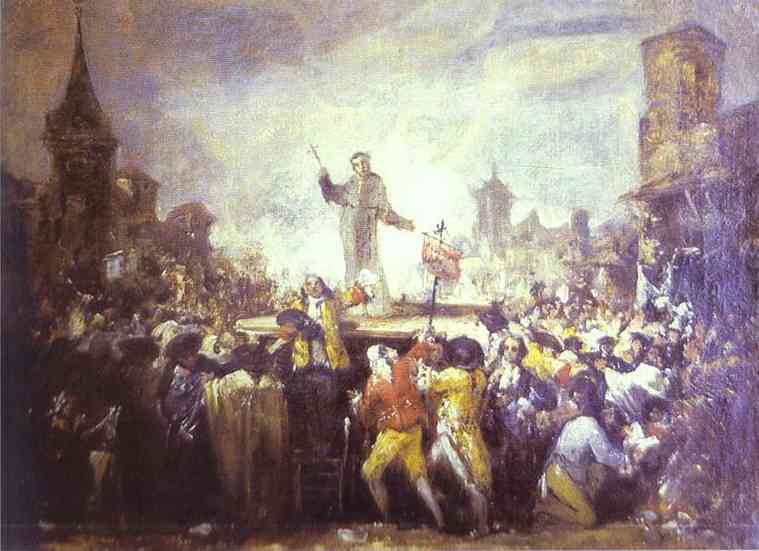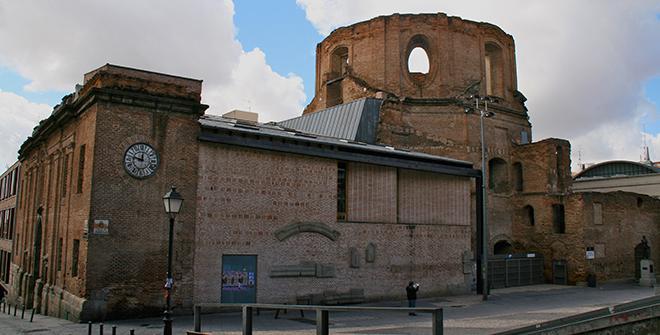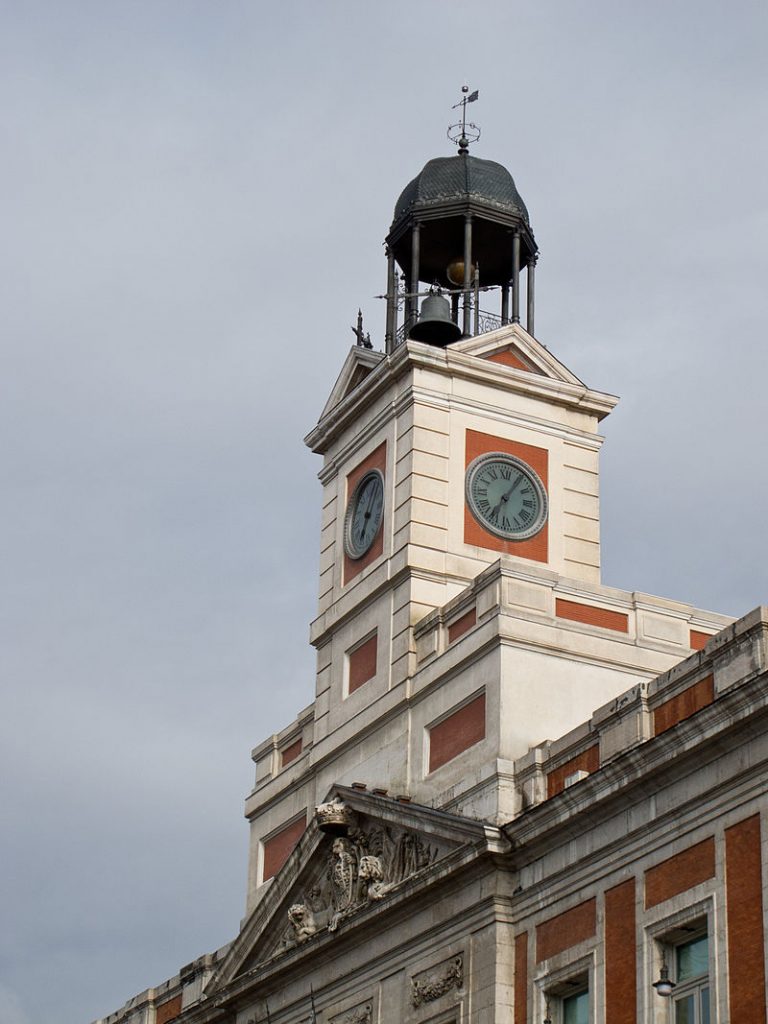There’s a reason why Madrid’s most historic bars are still in business. After finding the right formula for success, these places have stuck to doing what they know best. Sometimes it doesn’t do to change with the times!
Casa Labra
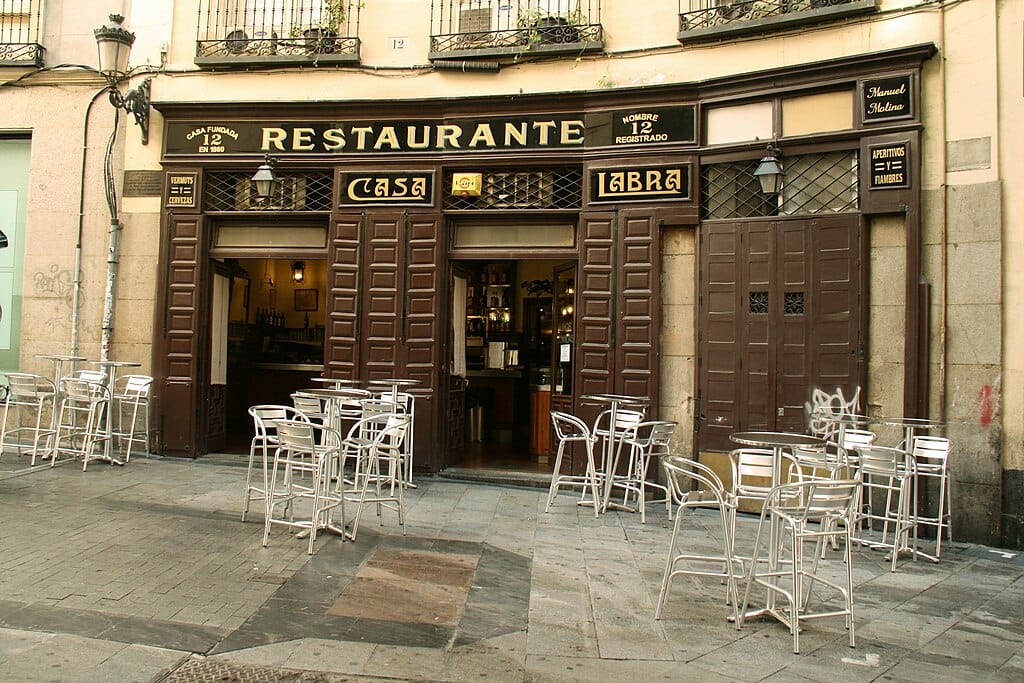
There are some bars that, rather than advertise their existence, seem to actively discourage new clientele. As soon as you walk through the door you feel like Luke Skywalker walking into the Cantina on Tatooine; the music stops, the patrons turn to give you withering looks and the bartender ignores you when you try to order a drink. Back in the late 1800s, Casa Labra was just such a place. The innocuous botilleria was host to a group set on forming Spain’s socialist party; an act which at the time was considered by the moneyed classes to be tantamount to a political conspiracy.
The secret meeting took place upstairs on May 2 1879 and sought to address the shameless exploitation of the working classes by capitalist bosses. Many of those gathered were – like my own socialist grandfather – print-shop workers keen to campaign for the right to strike. A leader was appointed: Pablo Iglesias, then the president of the typesetters union, a figure who managed to stay in power until his death in 1925. Though the party was outlawed during Franco’s reign, these days a plaque commemorating this clandestine meeting is mounted on the wall outside the bar and inside, you’re free to raise a glass to the party that was partly instrumental in the formation of Spain’s short-lived Second Republic.
Anciano Rey de los Vinos
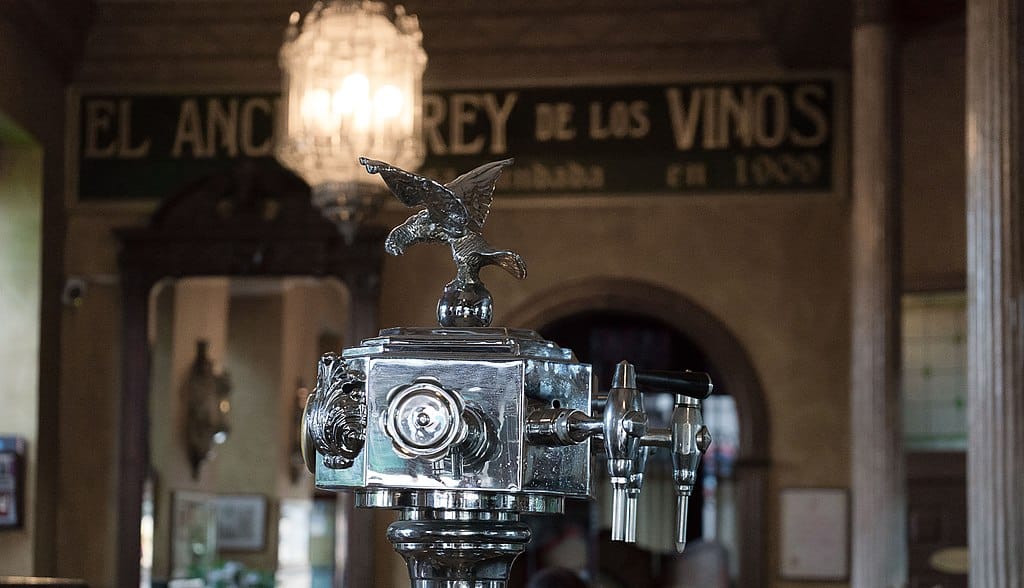
The traditional and quintessentially Madrilenian tavern, El Anciano Rey de los Vinos, celebrated its centennial in 2009. Located in the heart of Madrid’s Austrias district, facing the Almudena Cathedral and the Royal Palace, the establishment offers traditional Madrilenian gastronomy with a contemporary touch. At the turn of the century, illiteracy rates in Spain were at a whopping 50%, hence the bar’s red facade indicated to those who couldn’t read that wine was served there. Get an outdoor table to enjoy dishes such as Cazuela del Anciano and Callos a la Madrileña with views of the Cathedral and Palace.
Casa de la Torrijas
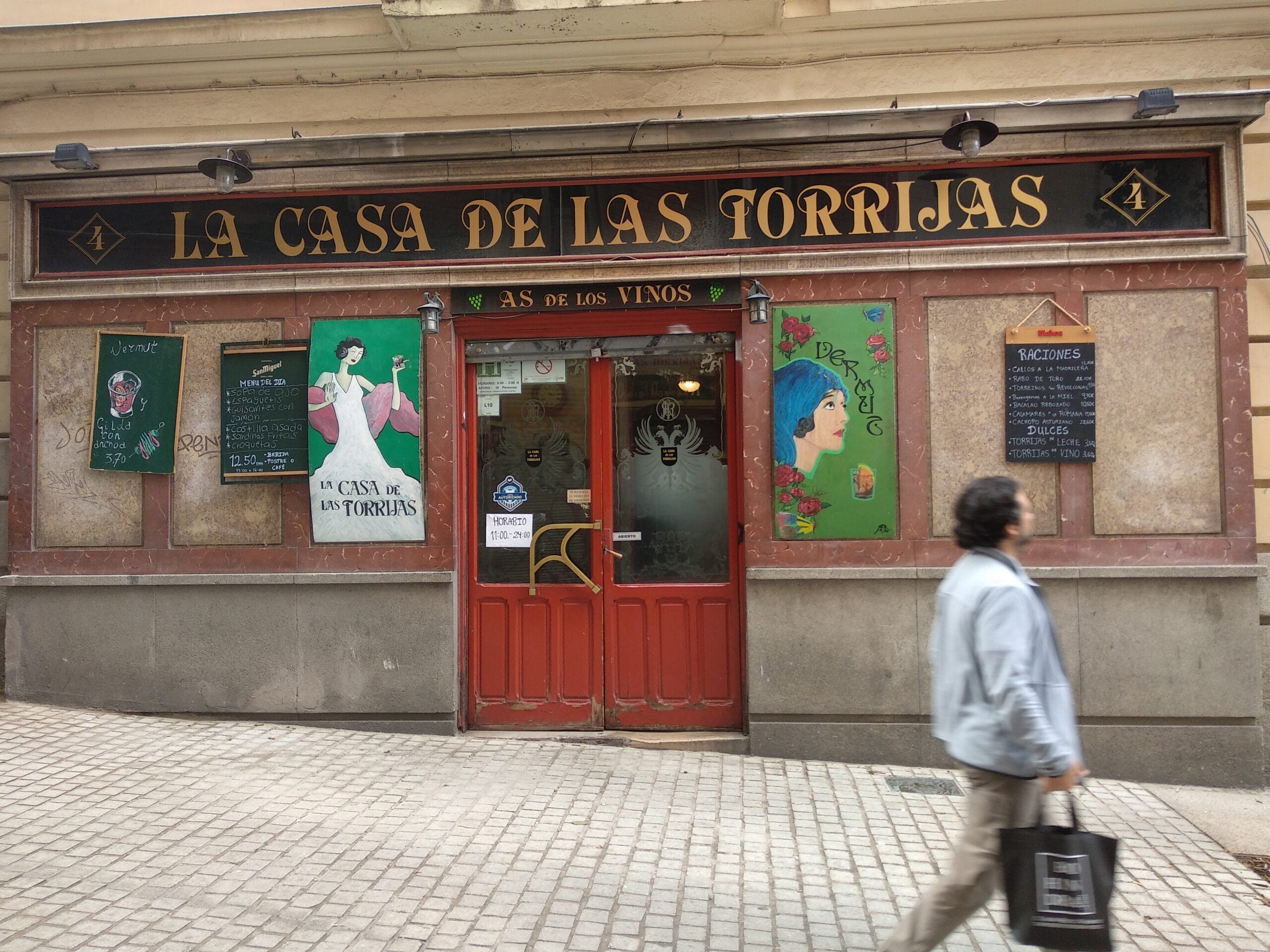
One of my favourites, Casa de la Torrijas serves the traditional Easter treat of torrijas year round. A torrija is basically a sweet version of eggy bread (or French toast depending which side of the pond you come from) sprinkled with cinnamon. Founded in 1842, it’s been serving torrijas made to a signature recipe that includes sweet wine since 1907 and its gorgeous mirrored and tiled interior dates from this time.
La Venencia
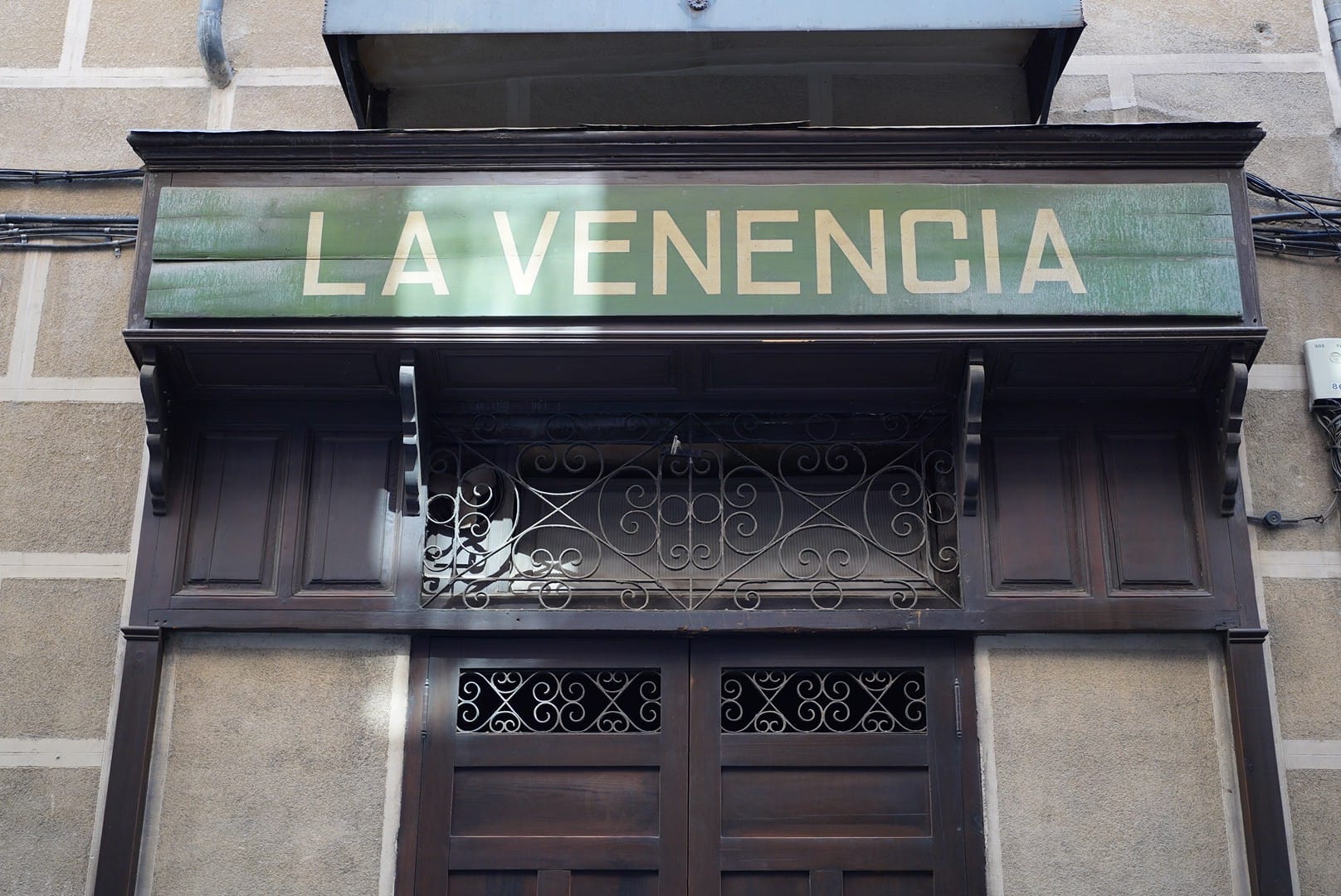
Those with an interest in the Civil War might like to next hit La Venecia. This sherry bar was founded back in the 30s and has changed so little that its walls still retain the same dingy yellow sheen from cigarettes smoked by weary socialist soldiers fighting the good fight against Franco. The rules of the house remain unchanged: no photos – a measure then taken against spies but probably preserved to keep the selfie crowds out – and no tips (which according to The Culture Trip has something to do with the owner’s socialist principles). Hemingway fans will be delighted to know that the great colossus of macho literature did frequent this bar when he was working as a journalist covering the conflict.
Casa Alberto
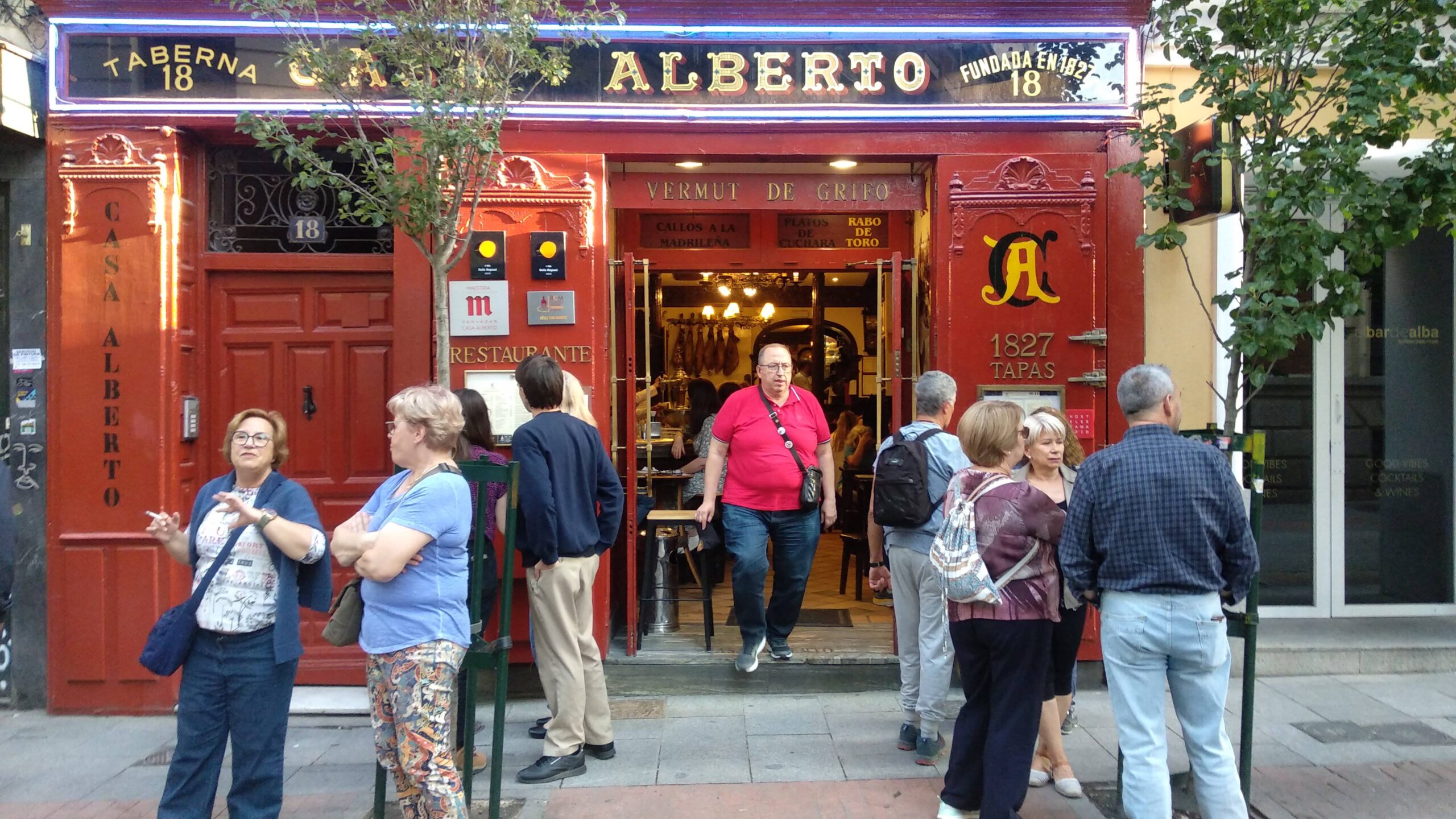
This bar was frequented by writers and brave men of a different stripe. Founded in 1827 in the same building Cervantes once lived in, Casa Alberto was a firm favorite with bullfighters who would come to congratulate or commiserate with each other over a glass of vermouth. According to Expancion, it was also a meeting spot for pickpockets who, during the period of severe poverty that succeeded the Civil War would down a shot for courage before setting off on a purse-snatching spree.
Casa Paco
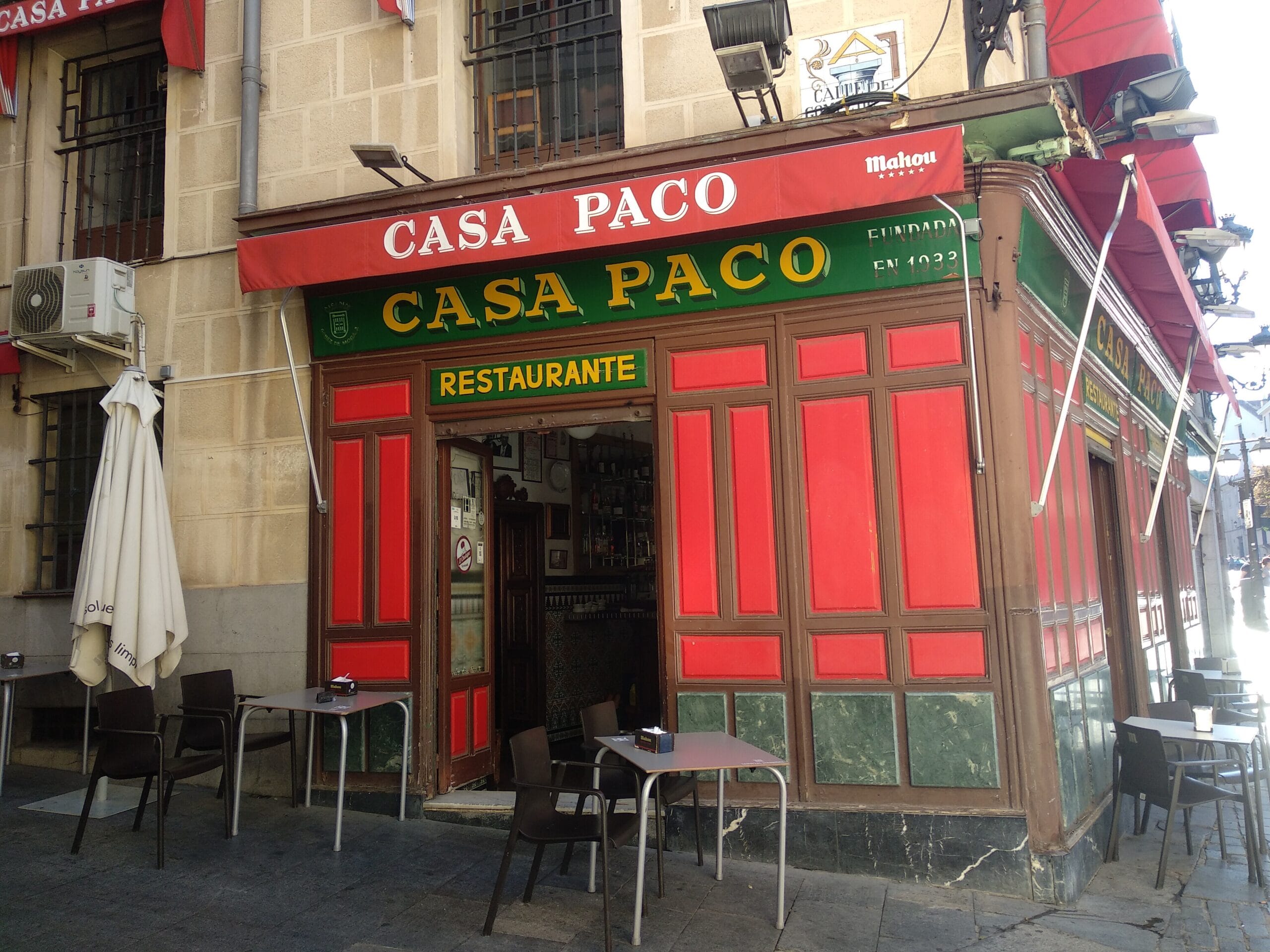
Founded right by the transport hub of Cava Baja, Casa Paco used to serve a motley clientele that included cattle traders, bullfighters, writers, and antique dealers back when it was founded in 1870. The current name and decor dates from a 1930 refit and though it was closed during the Civil War, luminaries such as Ava Gardner and Ernest Hemingway later frequented this lively drinking hole. Food includes its famed “Casa Paco” potatoes (fried eggs, fried, and ham) as well as traditional Madrid fare such as Callos a la Madrileña.
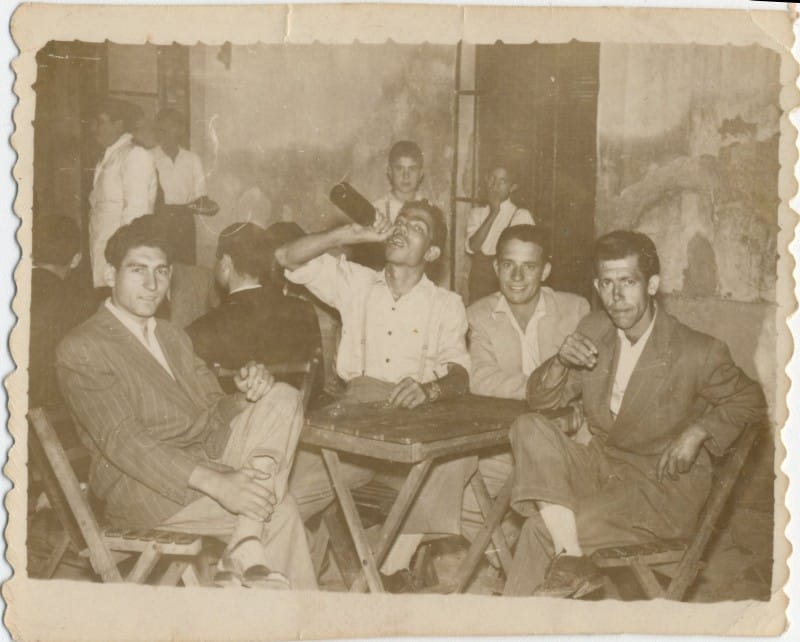
The above photo is of La terraza de Cendejas in Vallecas, cerca 1955. The cover image for this piece is of Bodega los Chiquitos in the 1950s. Image courtesy of Memoria de Madrid.
Keen to find out more about the history of Madrid? See another side of the city with one of my unique walking tours.
